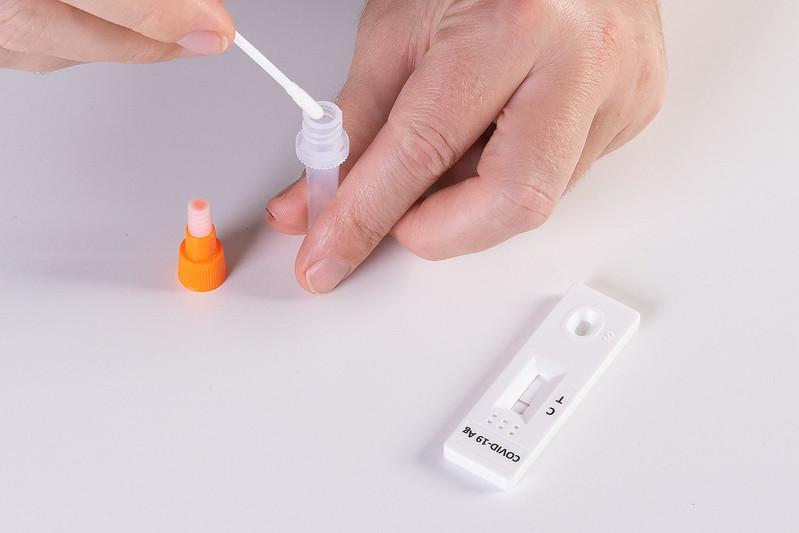
Non–COVID-19 vaccination dropped in the first 2 years of the pandemic, raising concerns about potential outbreaks of avoidable diseases, the resurgence of previously controlled diseases, and widening health disparities for people with weakened immune systems, according to a study published in PLOS One.
Researchers from the University of Kentucky and Augusta University used clinical records from the American Board of Family Medicine’s PRIME Registry from March 2019 through March 2022 to calculate monthly primary-care visit and vaccination rates among US children and adults.
"The COVID-19 pandemic caused substantial burdens for patients and our healthcare delivery system," they wrote. "Many patients delayed seeking care for essential medical needs, and providers struggled to deliver services."
Implications for clinical practice, policy
Relative to before the pandemic, the number of vaccinated participants fell 9.6% among children and 4.2% in adults in pandemic year 1, dropping 19.4% and 14.2%, respectively, the next year. While primary-care visit rates rebounded somewhat, vaccination rates didn't return to baseline. And except for a few months, vaccination rates stayed lower than visit rates.
Enhancing standardized reporting tools, reminders, and patient outreach systems could help clinicians more effectively identify and reach under-vaccinated individuals.
Women, rural residents, and those living in socially deprived areas were the least likely to be vaccinated, and this gap widened throughout the second pandemic year. "These findings underscore the need for targeted outreach and support for rural populations, where structural barriers and limited access to care may compound pandemic-related disruptions," the authors wrote.
They said that the study has implications for clinical practice and public health. "Catch-up vaccination efforts are urgently needed, particularly in rural and socioeconomically disadvantaged communities," they wrote. "Strategies could include mobile clinics, school-based drives, and reminder systems."
At the policy level, the researchers urged stronger support to help primary care clinics provide essential preventive services during public health emergencies. "Enhancing standardized reporting tools, reminders, and patient outreach systems could help clinicians more effectively identify and reach under-vaccinated individuals," they concluded.













